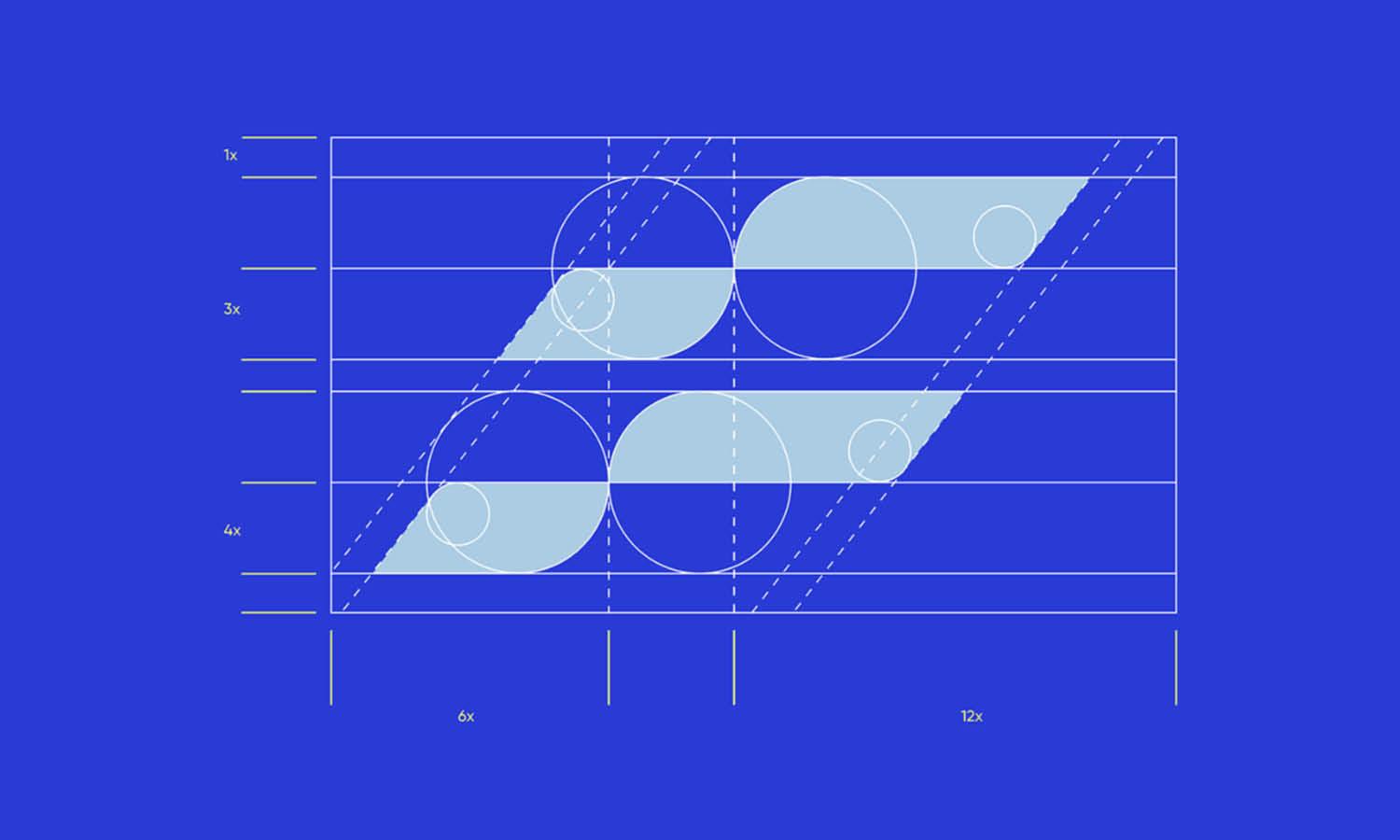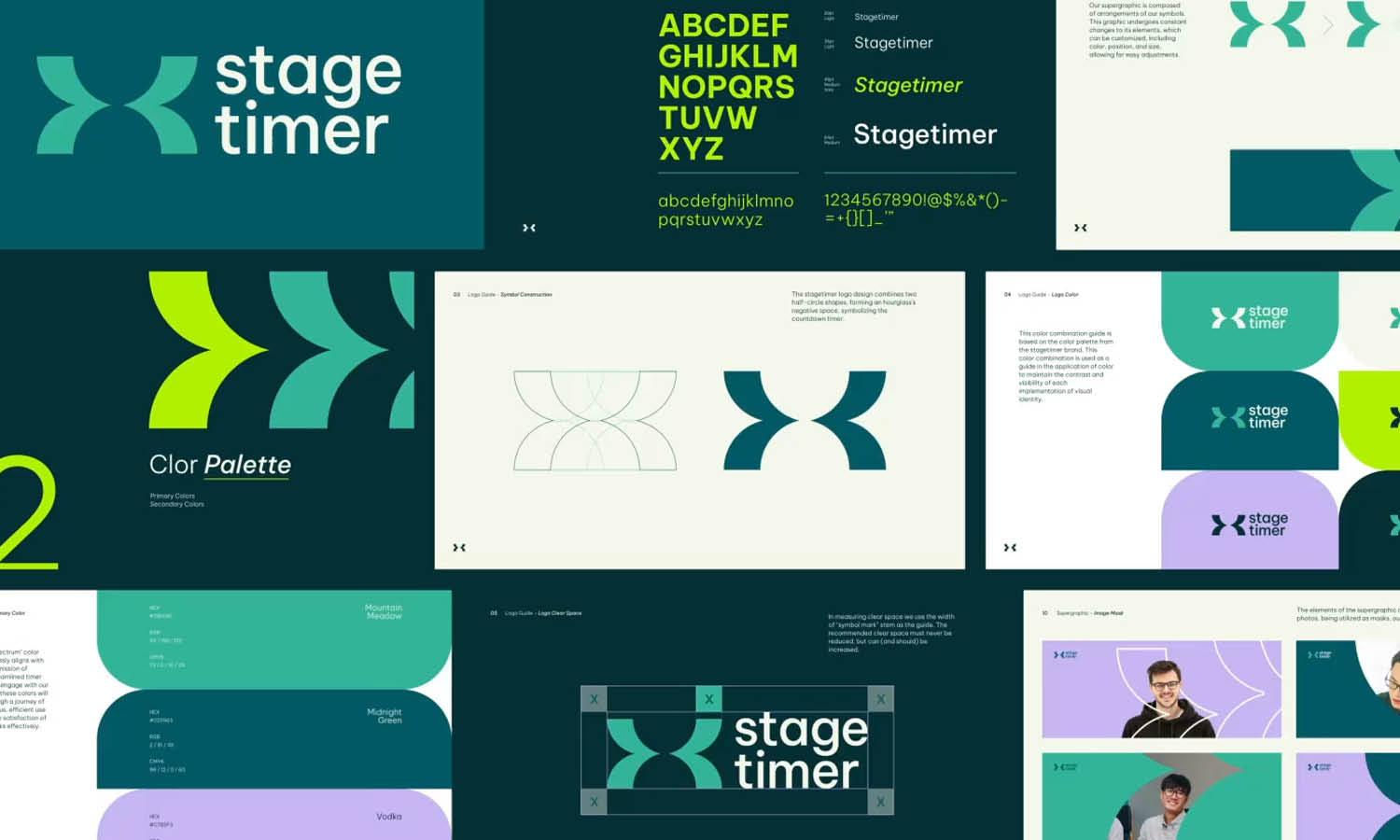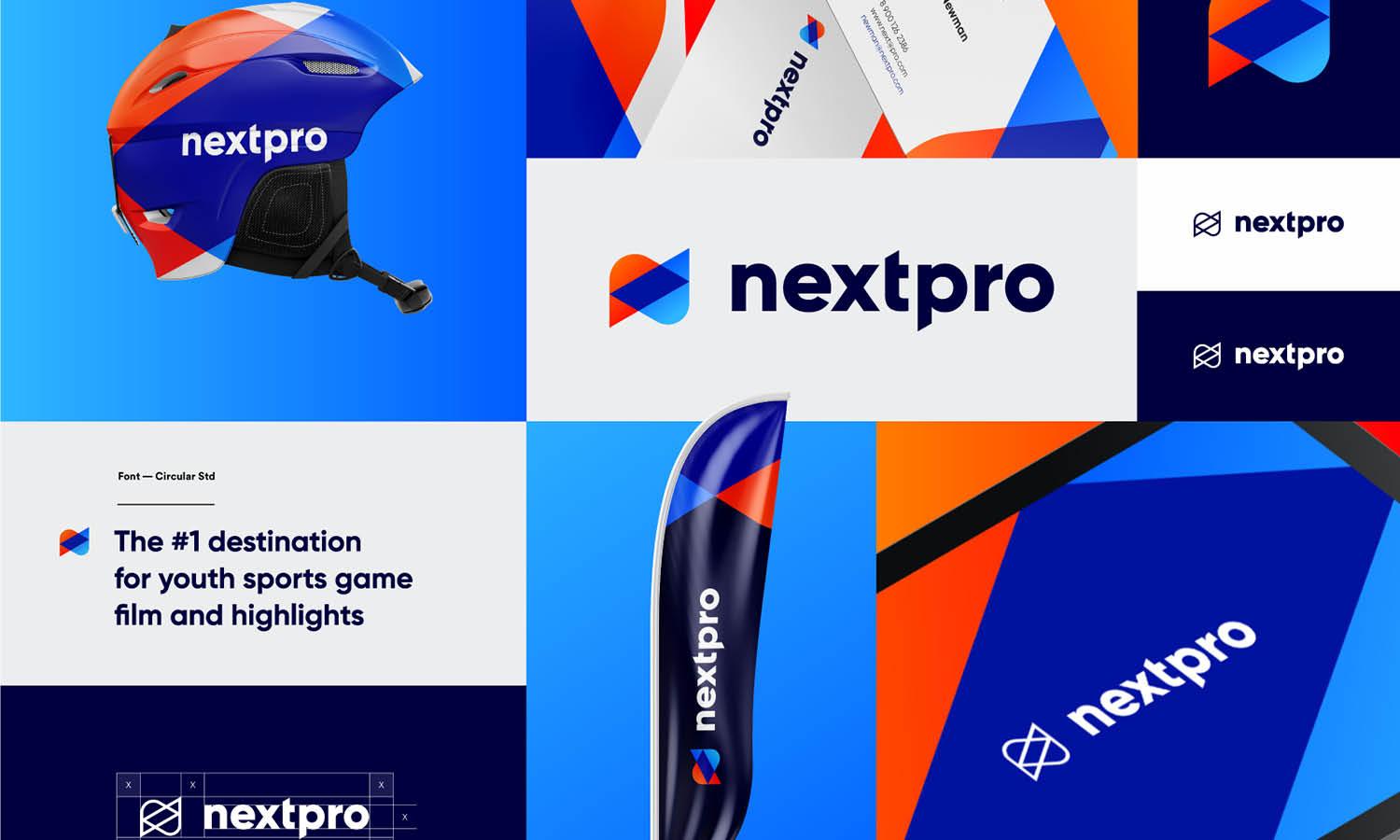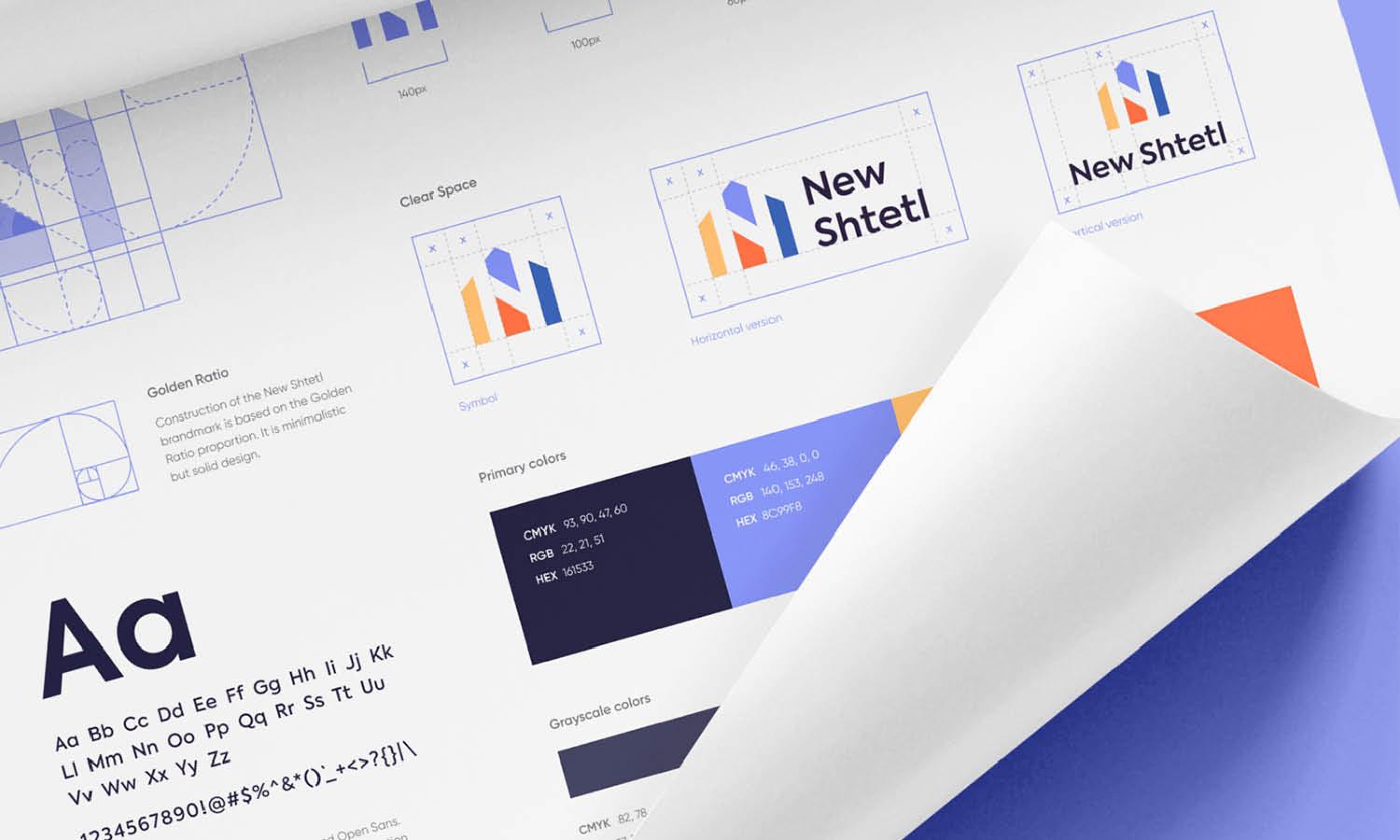Common Challenges with Low-Resolution Logo Designs

Source: Ala Kallala, Viewfinder, Behance, https://www.behance.net/gallery/184310285/Viewfinder
A logo acts as the cornerstone of a brand's identity, encapsulating its values and essence in a single image. However, when a logo is crafted in low resolution, it brings with it a multitude of challenges that can undermine the brand's impact and professionalism. These challenges not only affect the aesthetic appeal of the logo but also its functionality across various applications. From digital platforms to print media, a low-resolution logo struggles to maintain its integrity, often resulting in a blurred or pixelated appearance that fails to engage the audience.
This introduction explores the common obstacles faced by businesses and designers when dealing with low-resolution logo designs and underscores the importance of investing in high-quality graphic solutions to uphold a brand’s reputation and visibility. Understanding these challenges is crucial for anyone involved in brand management or logo design, as it impacts the overall brand strategy and its success in the competitive market landscape.
Loss of Detail and Clarity
One of the primary challenges of low-resolution logo designs is the significant loss of detail and clarity. This degradation occurs because low-resolution images do not contain enough pixels to accurately represent finer design elements when viewed at standard sizes or when printed. Details such as small text, intricate lines, and subtle color gradients become distorted or completely lost. This loss can severely impact the logo's ability to communicate the brand’s message and identity effectively. Moreover, a logo that lacks clarity can fail to capture the attention of potential customers, as it may appear unprofessional or unclear, undermining trust in the brand.
The visual appeal of a logo is crucial in making a strong first impression; hence, a logo with poor resolution can diminish the perceived value of the brand it represents. For businesses, this means potentially losing out on opportunities to attract and retain customers who judge the credibility and quality of products or services based on initial visual interactions. Thus, ensuring high-resolution in logo design is essential for maintaining clarity, enhancing viewer engagement, and supporting the overall branding strategy.
Scaling Issues
Scaling issues represent a significant challenge for low-resolution logos, especially in today’s versatile marketing environments. A low-resolution logo may appear acceptable at a smaller size, but when enlarged to fit larger formats such as banners, billboards, or digital displays, it becomes pixelated and visually unappealing. This pixelation occurs because the logo does not have enough pixel density to allow for scaling without loss of image quality. As a result, the logo cannot maintain its integrity across different media sizes, which is crucial for brands that require consistent visibility across various platforms. For example, a logo that looks good on a business card might not translate well on a digital billboard, leading to a disconnect in brand representation.
This can affect a brand's ability to market itself effectively, as inconsistent visual representations can confuse the audience and dilute the brand message. Additionally, the inability to scale up a logo efficiently can limit marketing opportunities, particularly in large-scale advertising, where high impact visuals are critical. Therefore, designers and businesses must prioritize high-resolution designs that can withstand scaling to various sizes without compromising on quality.
Lack of Versatility
Low-resolution logos suffer from a critical lack of versatility, which is essential for maintaining brand consistency across various media. A logo designed with limited resolution can restrict where and how a brand can effectively showcase its identity. Modern branding demands adaptability—logos must be able to appear on different digital platforms, from mobile devices to high-definition screens, as well as on traditional print media like flyers, posters, and merchandise. Low-resolution logos often become problematic when applied to diverse formats, losing their effectiveness as they are resized to fit different contexts. This can result in a logo that looks good on one medium but appears unprofessional or distorted on another, leading to a fragmented brand image.
Additionally, the evolving digital landscape requires logos to be flexible enough to integrate seamlessly with interactive and multimedia content. A low-resolution logo can hinder this integration, preventing a brand from utilizing dynamic marketing strategies such as animated logos or digital banners. For businesses, the inflexibility of a low-resolution logo means potentially missing out on reaching broader audiences effectively, thereby limiting marketing success and brand expansion.

Source: Armie Parsian, Nexus Architecture, Behance, https://www.behance.net/gallery/169656521/Nexus-Architecture
Impact on Brand Perception
The resolution of a logo plays a pivotal role in shaping public perception of a brand. A low-resolution logo can significantly tarnish a brand’s image, conveying a lack of professionalism and attention to detail that can deter potential customers. In the competitive business environment, a logo acts as the face of the company, often forming the first point of contact with the audience. If this initial impression is of poor quality, it may reflect negatively on the brand’s standards and services, leading to a decrease in trust and credibility. This impact is further magnified in industries where visual representation is crucial, such as in luxury goods, professional services, and technology sectors.
Moreover, a logo’s ability to resonate with consumers is compromised when it lacks clarity and precision, essential elements for establishing an emotional connection with the audience. A high-quality, crisp logo can evoke feelings of reliability and assurance, whereas a blurry, pixelated logo might suggest unreliability and amateurishness. For businesses aiming to build and maintain a strong, reputable brand identity, investing in high-resolution logo designs is crucial. This commitment not only enhances visual appeal but also strengthens customer confidence and loyalty, underpinning the brand’s overall market position.
Ineffective in Digital Marketing
In the realm of digital marketing, the visual quality of branding elements, especially logos, is paramount. Low-resolution logos significantly hinder digital marketing efforts by failing to capture the audience's attention in an increasingly image-centric online environment. In platforms like social media, websites, and digital advertisements, where high-resolution images are standard, a low-resolution logo can become a visual sore point that detracts from the overall aesthetic of the marketing content. This visual shortfall can lead to lower engagement rates, as studies show that clearer, sharper images tend to generate more clicks and shares.
Furthermore, digital marketing often involves various formats and sizes of content, from tiny mobile banners to large video screens. A low-resolution logo may appear blurred or indistinct when scaled for these different uses, compromising brand visibility and recognition. This lack of clarity can also affect the logo's ability to function as a clickable element in digital interfaces, potentially reducing user interaction and the effectiveness of digital campaigns. Therefore, ensuring that logos are optimized for all digital platforms is crucial for maintaining an effective online presence, driving engagement, and enhancing digital marketing strategies.
Printing Problems
Low-resolution logos pose significant challenges in printing, which can affect all forms of physical branding materials, from business cards to large banners. When a logo is printed, the resolution directly influences the sharpness and clarity of the printed image. A low-resolution logo, which looks acceptable on a computer screen, can turn out blurry, pixelated, and unprofessional in print. This degradation in quality can severely impact the effectiveness of marketing materials, reflecting poorly on the brand’s professionalism and attention to detail. High-quality printing requires logos to have a minimum resolution, typically around 300 dots per inch (DPI), to ensure that the final product appears crisp and clear. Low-resolution logos often fall below this standard, leading to poor print results that can tarnish a brand's image and diminish its impact in physical marketing contexts.
Additionally, printing problems extend to the versatility of logo use in promotional merchandise, signage, and other branding collateral. These issues not only increase production costs due to potential reprints and adjustments but also limit the effectiveness of traditional marketing strategies reliant on physical media. For businesses looking to make a strong and lasting impression, addressing the resolution of logos before they reach the printing stage is essential.
Issues with Transparency
Handling transparency effectively is a vital aspect of logo design, especially when the logo needs to be placed over various backgrounds or incorporated into complex visual layouts. Low-resolution logos often struggle with transparency management, leading to issues that can compromise the visual integrity of a brand’s marketing efforts. In graphic design, a logo's ability to seamlessly integrate with different backgrounds without unsightly borders or jagged edges is crucial. However, low-resolution images tend to have poorly defined edges that make clean transparency difficult to achieve. This results in logos that can appear amateurish or out of place when overlaid on photos or colored backgrounds, detracting from the professional look that brands strive for.
Moreover, the pixelation typical of low-resolution logos exacerbates these issues, as it becomes evident when the logo is placed in a high-resolution setting. Such visual discrepancies can interrupt the viewer's experience and diminish the logo’s effectiveness as a branding tool. For designers, creating logos that maintain their quality and flexibility across all uses is essential, emphasizing the need for high resolution and proper file formats to handle transparency gracefully.

Impact on Brand Perception
The resolution of a logo plays a pivotal role in shaping public perception of a brand. A low-resolution logo can significantly tarnish a brand’s image, conveying a lack of professionalism and attention to detail that can deter potential customers. In the competitive business environment, a logo acts as the face of the company, often forming the first point of contact with the audience. If this initial impression is of poor quality, it may reflect negatively on the brand’s standards and services, leading to a decrease in trust and credibility. This impact is further magnified in industries where visual representation is crucial, such as in luxury goods, professional services, and technology sectors.
Moreover, a logo’s ability to resonate with consumers is compromised when it lacks clarity and precision, essential elements for establishing an emotional connection with the audience. A high-quality, crisp logo can evoke feelings of reliability and assurance, whereas a blurry, pixelated logo might suggest unreliability and amateurishness. For businesses aiming to build and maintain a strong, reputable brand identity, investing in high-resolution logo designs is crucial. This commitment not only enhances visual appeal but also strengthens customer confidence and loyalty, underpinning the brand’s overall market position.
Poor Integration with Other Visual Elements
A logo’s ability to integrate smoothly with other visual elements is crucial for creating cohesive branding materials. Low-resolution logos, however, often face significant challenges in achieving this integration, leading to disjointed and unprofessional-looking designs. When a logo does not match the resolution and clarity of surrounding images, graphics, or text, it stands out awkwardly, disrupting the visual harmony that is essential for effective design. This misalignment can be particularly problematic in composite layouts where logos are used alongside high-quality photographs or intricate graphic elements. The contrast in clarity can draw unwanted attention to the flaws of the low-resolution logo, rather than allowing it to blend seamlessly with other design components.
Additionally, this poor integration can limit a designer’s ability to use creative backgrounds or layering techniques, as the logo may become obscured or overly dominant. For brands, the inability to synchronize their logo with other design elements can result in marketing materials that fail to communicate a unified brand message. This not only affects the aesthetic value of the materials but also impacts the brand's overall perception, suggesting a lack of attention to detail or an outdated brand image. Therefore, ensuring that a logo can integrate well with various visual elements is fundamental to maintaining a professional and cohesive brand identity.
Impact on Social Media Visibility
In the fast-paced realm of social media, the visual quality of content is paramount to capturing user attention and engagement. Low-resolution logos can severely impact a brand's visibility and effectiveness on these platforms. Social media feeds are highly visual and often saturated with high-quality content, making it imperative for logos to be crisp and distinct to catch the eye of scrolling users. A blurry or pixelated logo not only fails to attract attention but may also lead to negative user perceptions of the brand’s quality and professionalism. Moreover, social media platforms frequently require logos to be resized for different purposes, such as profile pictures, banners, and promotional posts.
A low-resolution logo may lose further clarity when adjusted to fit these various formats, resulting in a lack of recognition and recall among the audience. This diminished visibility can directly affect a brand’s ability to connect with its audience, reduce its shareability, and ultimately hinder its social media marketing efforts. For modern businesses, where social media presence can significantly influence consumer behavior, maintaining a high-resolution logo is essential to ensure that every interaction with the brand is impactful and engaging. This not only enhances brand recall but also boosts the overall effectiveness of social media strategies.
Conclusion
Navigating the challenges of low-resolution logo designs is crucial for maintaining a strong and effective brand presence. As we've explored, issues ranging from poor scalability and loss of detail to inadequate digital marketing performance underline the importance of investing in high-resolution logos. Such quality not only enhances the versatility and professional appearance of a logo but also ensures its effectiveness across various media platforms. For businesses aiming to thrive in a competitive market, prioritizing high-resolution logo designs is essential. By addressing these common challenges, brands can ensure their logos represent their identity accurately and compellingly.
Let Us Know What You Think!
Every information you read here are written and curated by Kreafolk's team, carefully pieced together with our creative community in mind. Did you enjoy our contents? Leave a comment below and share your thoughts. Cheers to more creative articles and inspirations!
















Leave a Comment